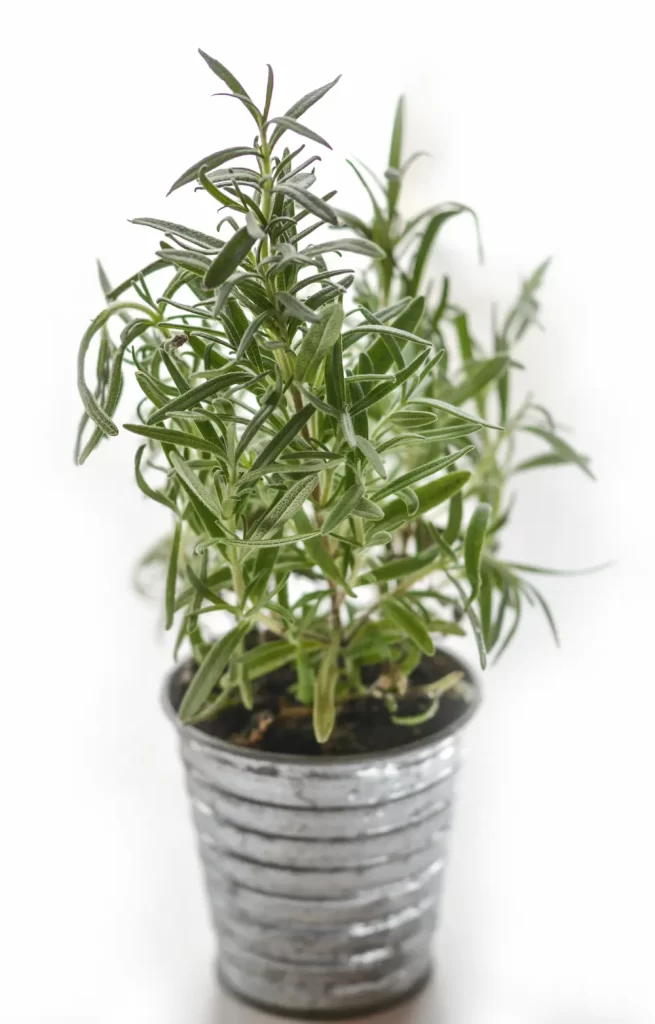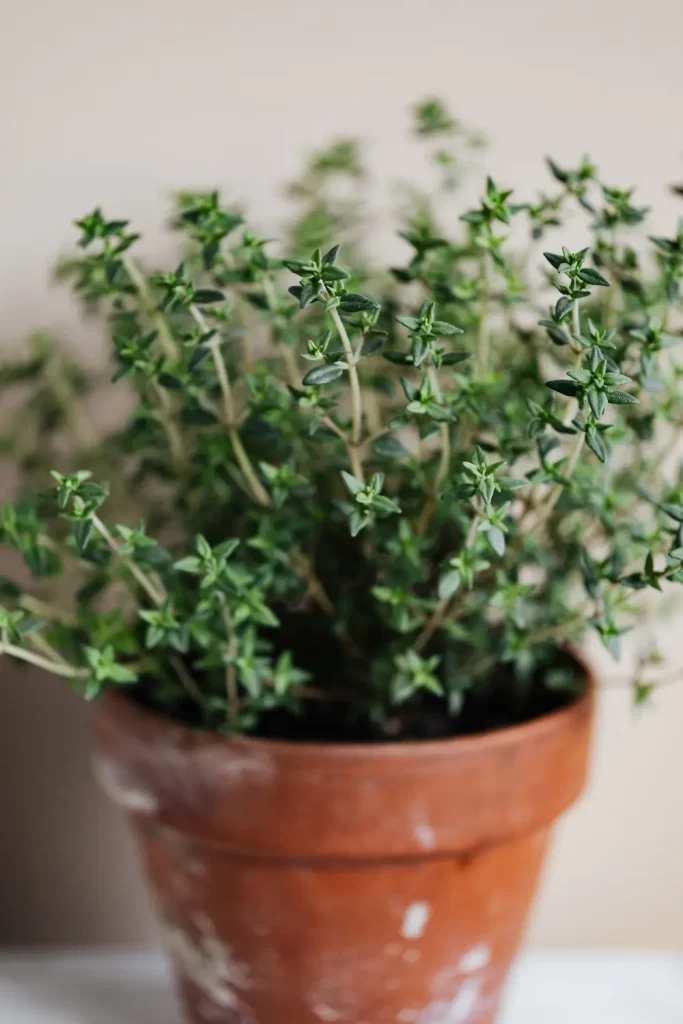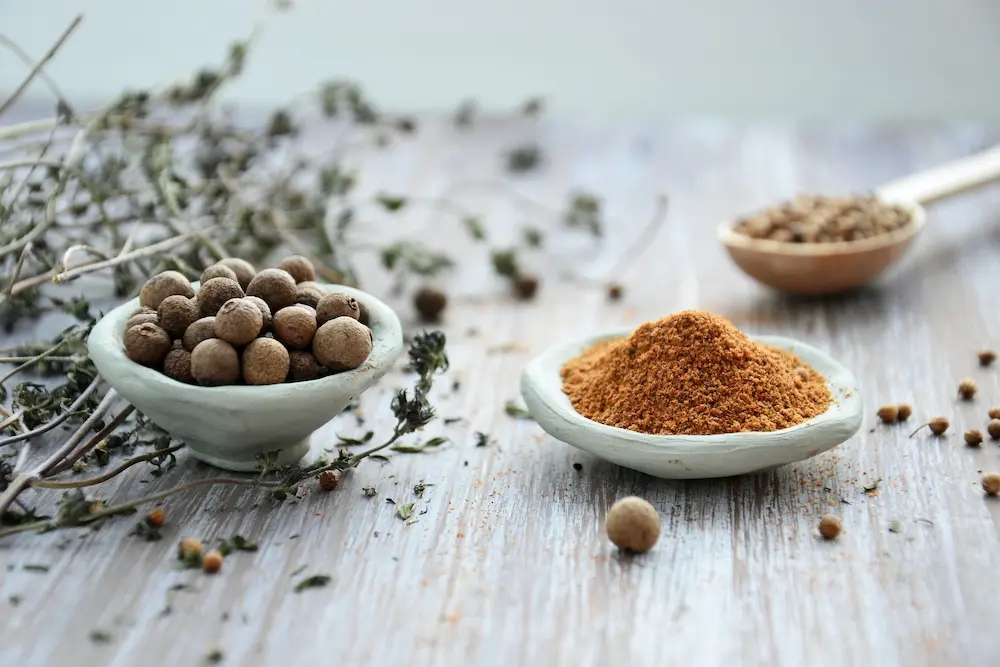If you’re interested in gardening but don’t have a lot of outdoor space, herb gardening is a great place to start. Herbs are easy to grow, even in small pots, and they can be used in a wide variety of dishes to add flavor and nutrition.
In this beginner’s guide to herb gardening, we’ll cover everything you need to know to get started.
Choosing herbs to grow
The first step in herb gardening is deciding which herbs to grow. There are dozens of culinary herbs to choose from, so it can be a little overwhelming at first. Here are a few popular choices to get you started:
- Basil: This fragrant herb is a staple in Italian cooking, and it’s also a great addition to salads, sandwiches, and more. There are many varieties of basil, including sweet basil, Thai basil, and lemon basil.
- Rosemary: This woody, aromatic herb is often used in Mediterranean cooking. It’s also a popular choice for seasoning roast meats and vegetables.
- Thyme: This fragrant herb has a slightly floral flavor and is often used in French cuisine. It pairs well with poultry, fish, and vegetables.
- Mint: This refreshing herb is often used in desserts and drinks, but it’s also a great addition to salads and savory dishes.
- Sage: This earthy herb has a strong flavor and is often used in stuffing and other savory dishes.
These are just a few of the many herbs you could choose to grow. Consider what types of dishes you like to cook and what flavors you enjoy to help you narrow down your choices.
Getting started with herb gardening



Once you’ve chosen the herbs you want to grow, it’s time to start planning your garden. Here are some tips to get you started:
- Choose a location: Most herbs prefer a sunny location, so choose a spot in your yard or on your balcony that gets at least six hours of direct sunlight per day.
- Choose containers: Most herbs can be grown in small containers, such as terra cotta pots or plastic containers. Make sure the containers have drainage holes in the bottom.
- Choose soil: Herbs prefer well-draining soil that’s rich in organic matter. You can buy potting soil specifically formulated for herbs, or you can make your own by mixing equal parts compost, sand, and perlite.
- Choose seeds or plants: You can start your herb garden from seeds or from plants purchased at a nursery. If you’re new to gardening, you may want to start with plants, since they’re easier to care for.
Planting and caring for your herbs
Once you have your containers and soil ready, it’s time to plant your herbs. Here’s how to do it:
- Fill your containers with soil, leaving about an inch of space at the top.
- Make a small hole in the center of the soil, about as deep as the plant’s root ball.
- Gently remove the plant from its container and place it in the hole. Fill in the soil around the plant, pressing down lightly to remove any air pockets.
- Water the plant thoroughly.
After planting your herbs, you’ll need to care for them to ensure they grow strong and healthy. Here are some tips to keep in mind:
- Water your herbs regularly: Most herbs prefer to be kept evenly moist, but not soaking wet. Water your herbs when the top inch of soil feels dry to the touch.
- Fertilize your herbs: Herbs don’t need a lot of fertilizer, but they do benefit from occasional feedings with a balanced, water-soluble fertilizer. Follow the instructions on the fertilizer package for how often to apply it.
- Prune your herbs: Pruning your herbs will help them stay bushy and produce more foliage. Use clean, sharp scissors or pruning shears to snip off the top few inches of growth, making sure to leave some leaves on the stem.
- Check for pests and diseases: Keep an eye out for pests like aphids and spider mites, as well as diseases like powdery mildew. If you notice any issues, take action quickly to prevent them from spreading.
Using your herbs
One of the best things about herb gardening is getting to use your herbs in your cooking. Here are some tips for using your herbs:
- Harvest your herbs regularly: Regular harvesting will encourage your herbs to produce more foliage. Snip off leaves as needed, making sure to leave some on the plant so it can continue to grow.
- Use fresh herbs: Fresh herbs have a more vibrant flavor than dried herbs, so use them whenever possible. If you need to use dried herbs, use about half as much as you would fresh.
- Experiment with different dishes: Herbs can be used in a wide variety of dishes, from soups and stews to salads and sandwiches. Experiment with different combinations to find what you like best.
- Preserve your herbs: If you have more herbs than you can use fresh, consider preserving them for later. Herbs can be dried, frozen, or preserved in oil or vinegar.
Frequently asked questions
- What herbs are best for beginners?
Some of the easiest herbs to grow for beginners include basil, chives, mint, parsley, and thyme. These herbs are relatively low maintenance and can be grown in containers or in the ground.
- How much sunlight do herbs need?
Most herbs prefer full sun, which is at least 6 hours of direct sunlight per day. However, some herbs like parsley and cilantro can tolerate partial shade.
- How often should I water my herbs?
Herbs need to be watered regularly, but be careful not to overwater them. The frequency of watering depends on the size of the container, the type of soil, and the weather conditions. A good rule of thumb is to water when the top inch of soil feels dry to the touch.
- Can I grow herbs indoors?
Yes, many herbs can be grown indoors in a sunny window or under grow lights. However, indoor herbs may require more frequent watering and fertilizing.
- How do I harvest my herbs?
Harvest your herbs by snipping off the top few inches of growth, making sure to leave some leaves on the stem. Harvesting regularly will encourage your herbs to produce more foliage. Use fresh herbs whenever possible, and experiment with different recipes to enjoy the flavors of your herbs.
- How can I preserve my herbs?
Herbs can be preserved by drying them, freezing them, or preserving them in oil or vinegar.
To dry herbs, hang them in a dry, well-ventilated area until they are completely dry.
To freeze herbs, chop them and place them in an airtight container or freezer bag.
To preserve herbs in oil or vinegar, place the herbs in a sterilized jar and cover them with oil or vinegar.
- How do I store my herbs?
Store fresh herbs in the refrigerator, either wrapped in a damp paper towel or in a plastic bag with a few holes for ventilation. Store dried herbs in an airtight container in a cool, dark place.
Next, check out how to grow and care for a jalapeno plant.






[…] Grow your own herbs on your apartment patio. Use small pots or a vertical herb garden to add fresh flavors to your cooking while enjoying the beauty and aroma of herbs. […]